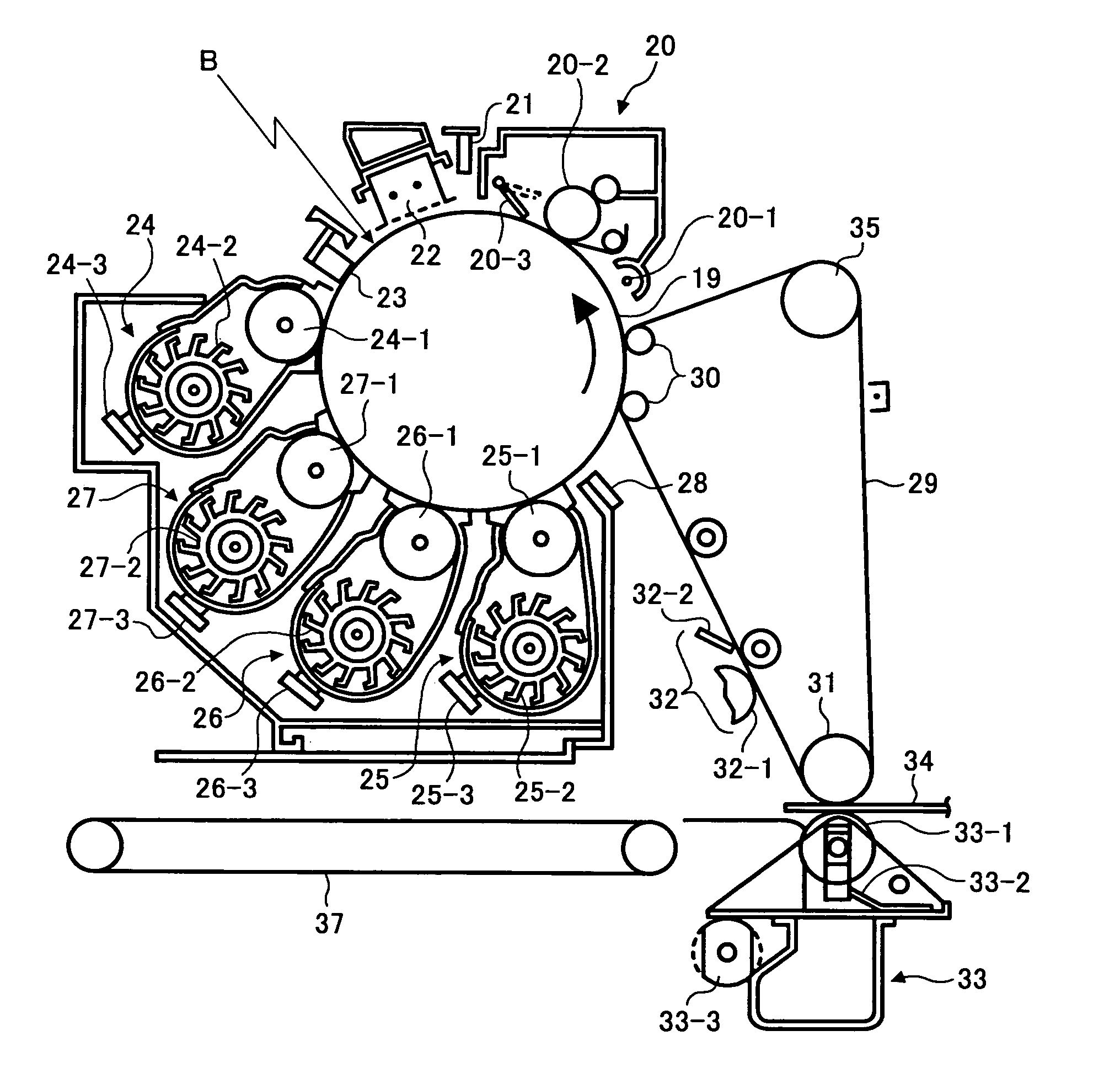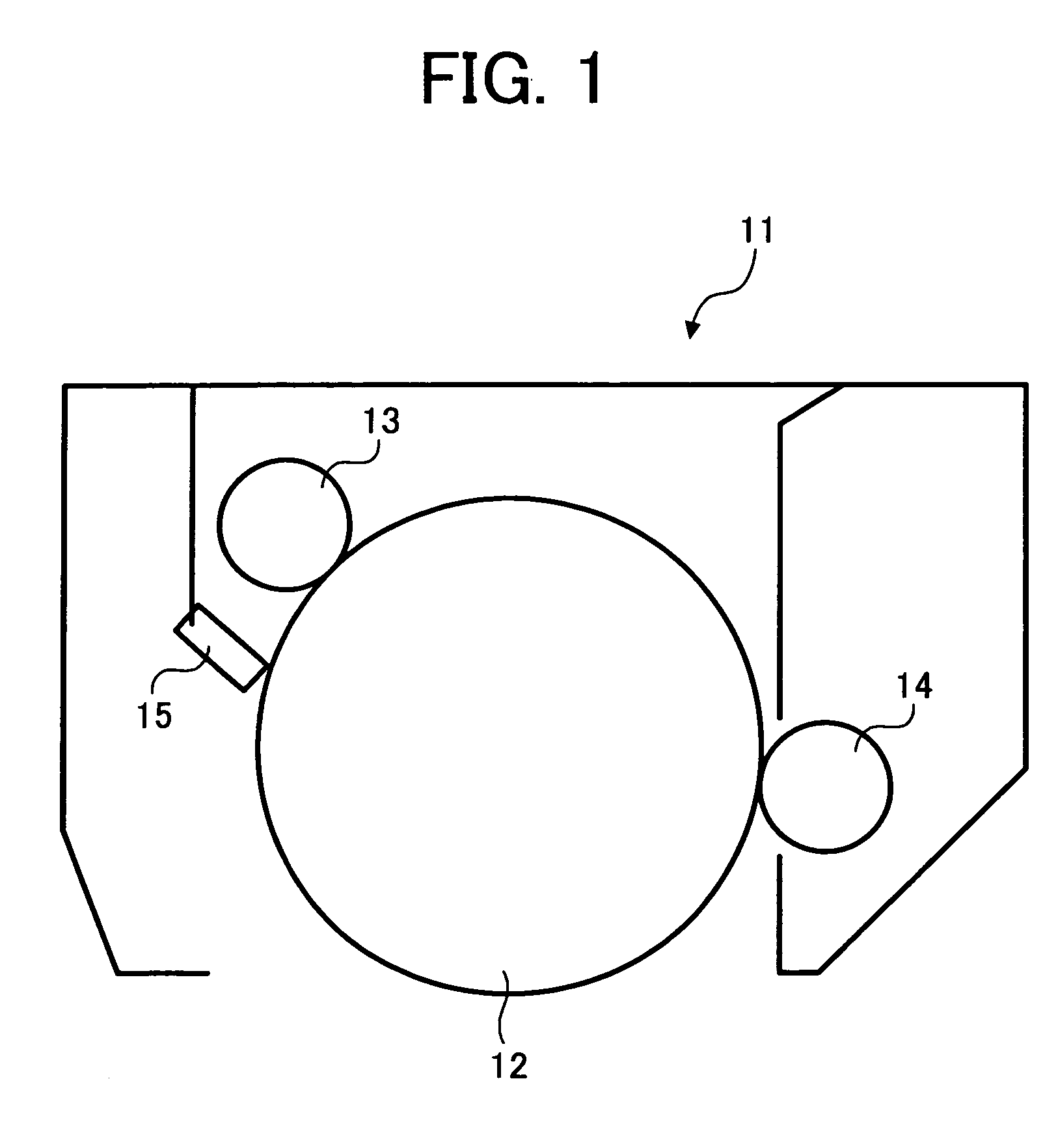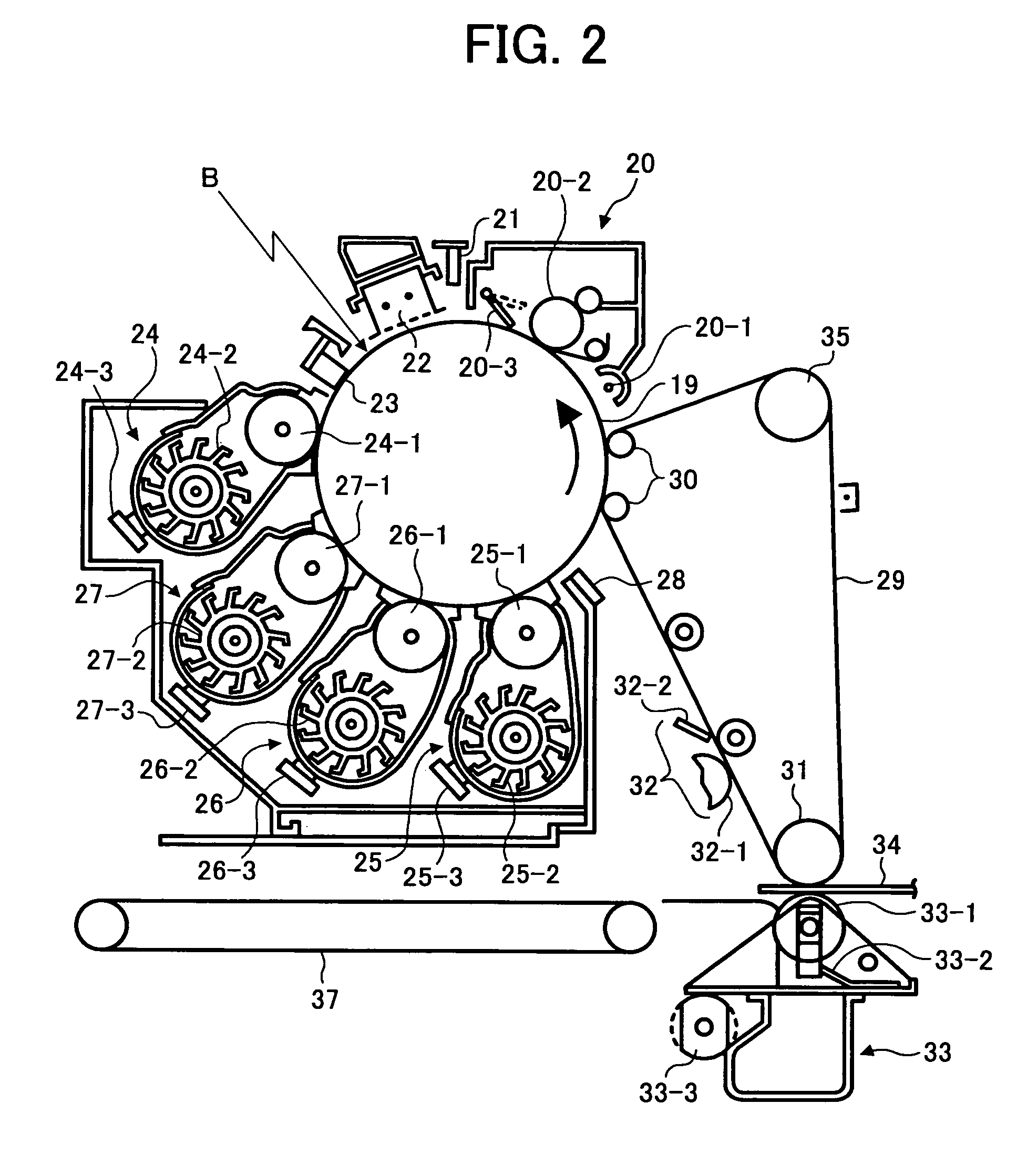Toner for developing electrostatic image, method for manufacturing the toner, developer including the toner, container containing the toner, and color image forming method using the toner
a technology for developing electrostatic images and toners, which is applied in the field of toners, can solve the problems of insufficient fixing, excessive fusion and attachment of toners to heat rolls, and limited addition of ultra-high molecular weight components,
- Summary
- Abstract
- Description
- Claims
- Application Information
AI Technical Summary
Benefits of technology
Problems solved by technology
Method used
Image
Examples
manufacturing example 1
[0154]In a reaction container equipped with a stirrer and a thermometer, 683 parts of water, 11 parts of a sodium salt of sulfate of an adduct of methacrylic acid with ethyleneoxide (EREMINOR RS-30 from Sanyo Chemical Industries Ltd.), 138 parts of styrene, 138 parts of methacrylic acid, and 1 part of ammonium persulfate were added and the mixture was agitated for 15 minutes at a revolution of 400 rpm. As a result, a white emulsion was obtained. Then the emulsion was heated to 75° C. to performa reaction for 5 hours. Then 30 parts of a 1% aqueous solution of ammonium persulfate were added to the emulsion and the mixture was further aged for 5 hours at 75° C. Thus, an aqueous dispersion (particle dispersion 1) of a vinyl resin (i.e., a copolymer of styrene-methacrylic acid-a sodium salt of a sulfate of an adduct of methacrylic acid with ethyleneoxide) was prepared.
Preparation of Aqueous Phase
manufacturing example 2
[0155]Eighty (80) parts of the particle dispersion 1 were mixed with 990 parts of water, 40 parts of a 48.5% aqueous solution of sodium dodecyldiphenyletherdisulfonate (EREMINOR MON-7 from Sanyo Chemical Industries, Ltd.), and 90 parts of ethyl acetate. Thus, an aqueous phase 1 was prepared.
Preparation of Prepolymer
manufacturing example 3
[0156]In a reaction container equipped with a condenser, a stirrer and a pipe from which a nitrogen gas was supplied to the container, 410 parts of the intermediate polyester 1, 89 parts of isophorondiisocyanate and 500 parts of ethyl acetate were added. The mixture was reacted for 5 hours at 100° C. Thus, a prepolymer 1 was prepared.
Synthesis of Ketimine
PUM
| Property | Measurement | Unit |
|---|---|---|
| number average particle diameter | aaaaa | aaaaa |
| acid value | aaaaa | aaaaa |
| acid value | aaaaa | aaaaa |
Abstract
Description
Claims
Application Information
 Login to View More
Login to View More - R&D
- Intellectual Property
- Life Sciences
- Materials
- Tech Scout
- Unparalleled Data Quality
- Higher Quality Content
- 60% Fewer Hallucinations
Browse by: Latest US Patents, China's latest patents, Technical Efficacy Thesaurus, Application Domain, Technology Topic, Popular Technical Reports.
© 2025 PatSnap. All rights reserved.Legal|Privacy policy|Modern Slavery Act Transparency Statement|Sitemap|About US| Contact US: help@patsnap.com



